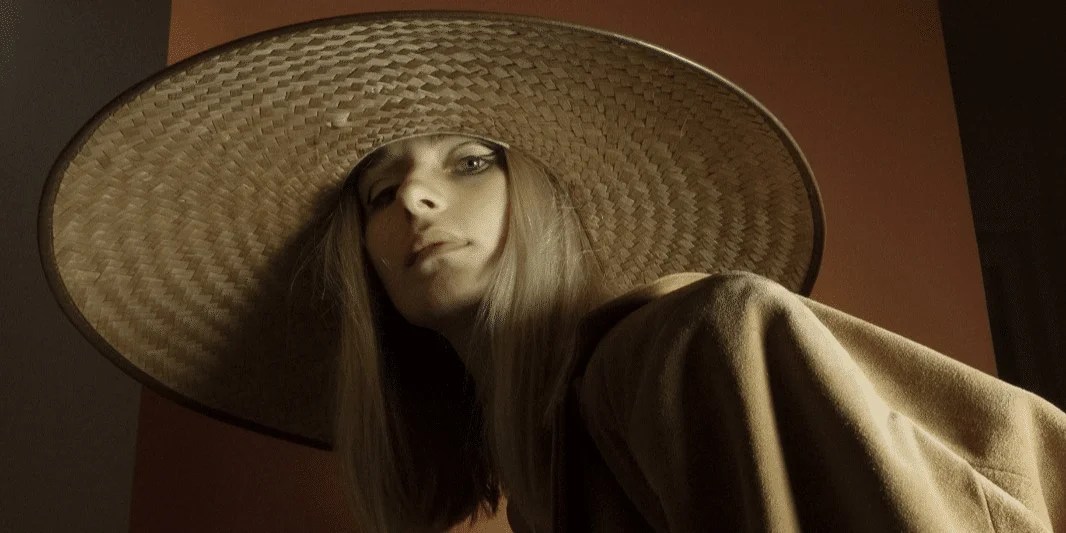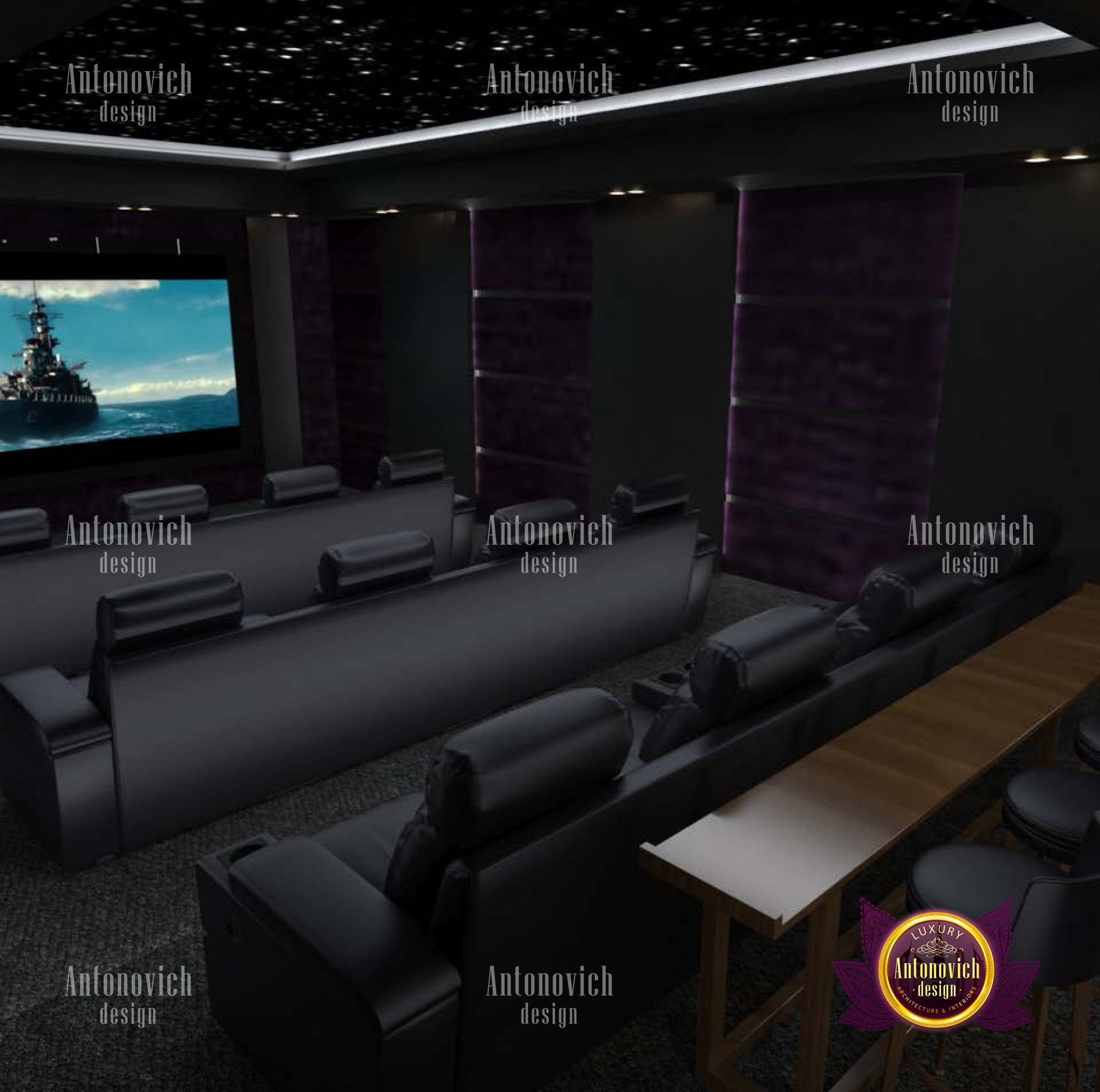“Cinematic Travel Photography: Crafting Visual Stories on the Go
Related Articles Cinematic Travel Photography: Crafting Visual Stories on the Go
- Best Photo Spots Tutorials
- Elevate Your Travel Videos: A Beginner’s Guide To Stunning Drone Shots
- Advanced Cinematic Travel Videos: Unveiling Breathtaking Locations And Storytelling Techniques
- The Beginner Drone Travel Shots Checklist: How To Capture Stunning Aerial Footage
- Unlocking The World Through Your Lens: Beginner Travel Photography Ideas & Setups
Introduction
Today, we’re excited to unravel an engaging topic: Cinematic Travel Photography: Crafting Visual Stories on the Go. Together, we’ll uncover insights that inform, inspire, and open new perspectives for our readers.
Table of Content
Cinematic Travel Photography: Crafting Visual Stories on the Go

In the realm of travel photography, capturing the essence of a place extends beyond mere documentation. It’s about telling a story, evoking emotions, and transporting the viewer to a different world. One powerful way to achieve this is through cinematic composition, borrowing techniques from filmmaking to create photographs that feel like stills from a captivating movie. Coupled with the right travel camera, you can transform your travel snapshots into visual masterpieces.
The Essence of Cinematic Composition
Cinematic composition is more than just aesthetics; it’s a language that speaks to the viewer on a subconscious level. It involves a deliberate arrangement of elements within the frame to create a sense of depth, drama, and narrative. Here are some key elements:
- Leading Lines: Just as a director guides the viewer’s eye through a scene, leading lines in a photograph draw the eye towards the subject or a specific point of interest. These lines can be roads, rivers, fences, or any other visual element that creates a path within the frame.
- Rule of Thirds: A fundamental principle in photography, the rule of thirds involves dividing the frame into nine equal parts with two horizontal and two vertical lines. Placing key elements along these lines or at their intersections creates a more balanced and visually appealing composition.
- Foreground, Midground, and Background: Creating depth is crucial for a cinematic feel. Incorporating elements in the foreground, midground, and background adds layers to the image, making it more immersive and engaging.
- Framing: Using elements within the scene to frame the subject can add depth and draw attention to the focal point. This could be anything from an archway to a tree branch.
- Negative Space: Leaving empty space around the subject can create a sense of isolation, mystery, or grandeur. It also allows the viewer’s eye to rest and appreciate the subject more fully.
- Symmetry and Patterns: Symmetrical compositions can create a sense of order and harmony, while patterns can add visual interest and rhythm to the image.
- Color Palette: Color plays a significant role in setting the mood and tone of a photograph. A limited color palette can create a sense of unity and cohesion, while contrasting colors can add drama and energy.
- Aspect Ratio: The aspect ratio (the ratio of width to height) can significantly impact the cinematic feel of an image. Wider aspect ratios, like 2.39:1 (commonly used in cinema), can create a more expansive and immersive experience.
The Travel Camera: Your Cinematic Storytelling Tool
The camera you choose for travel photography can greatly influence the type of cinematic images you can create. Here are some factors to consider when selecting a travel camera for cinematic photography:
- Sensor Size: A larger sensor (like full-frame or APS-C) generally produces better image quality, especially in low light, and allows for shallower depth of field, which can be useful for creating a cinematic look.
- Lens Selection: The lenses you use will have a significant impact on the look and feel of your images. Wide-angle lenses (e.g., 16-35mm) are great for capturing expansive landscapes, while telephoto lenses (e.g., 70-200mm) can be used to isolate subjects and create a sense of compression. Prime lenses (lenses with a fixed focal length) often offer better image quality and wider apertures, which can be useful for creating shallow depth of field.
- Image Stabilization: Image stabilization (either in-body or in-lens) is essential for capturing sharp images in low light or when shooting handheld.
- Dynamic Range: Dynamic range refers to the camera’s ability to capture detail in both the highlights and shadows. A camera with a wide dynamic range will be able to capture more detail in high-contrast scenes, which is important for creating cinematic images.
- Video Capabilities: Even if you’re primarily interested in still photography, a camera with good video capabilities can be a valuable asset. You can use video to capture behind-the-scenes footage or to create short cinematic clips to complement your still images.
- Size and Weight: Travel cameras should be compact and lightweight so that they are easy to carry around.
Recommended Travel Cameras for Cinematic Photography
Here are some excellent travel camera options that excel in cinematic photo composition:
- Sony Alpha Series (e.g., a7 III, a7C, a7S III): Sony’s Alpha series cameras are known for their excellent image quality, dynamic range, and video capabilities. They offer a wide range of lenses and are relatively compact and lightweight.
- Fujifilm X Series (e.g., X-T4, X-S10, X100V): Fujifilm’s X series cameras are known for their retro design, excellent image quality, and unique film simulations. They offer a wide range of lenses and are a great choice for travel photography.
- Canon EOS R Series (e.g., EOS R6, EOS RP): Canon’s EOS R series cameras offer excellent image quality, dynamic range, and video capabilities. They offer a growing range of lenses and are a good choice for both still photography and video.
- Olympus OM-D Series (e.g., OM-D E-M1 Mark III, OM-D E-M5 Mark III): Olympus’s OM-D series cameras are known for their compact size, lightweight design, and excellent image stabilization. They offer a wide range of lenses and are a great choice for travel photography.
- Panasonic Lumix Series (e.g., Lumix GH5, Lumix GX9): Panasonic’s Lumix series cameras are known for their excellent video capabilities and compact size. They offer a wide range of lenses and are a great choice for both still photography and video.
Techniques for Achieving a Cinematic Look in Travel Photography
Beyond the equipment, mastering certain techniques can elevate your travel photos to cinematic heights:
- Shoot During Golden Hour: The soft, warm light of the golden hour (the hour after sunrise and the hour before sunset) is ideal for creating a cinematic look. The light is flattering and creates a sense of warmth and atmosphere.
- Use Shallow Depth of Field: Shallow depth of field (achieved by using a wide aperture) can be used to isolate the subject and create a sense of depth. This technique is particularly effective for portraits and close-up shots.
- Experiment with Different Perspectives: Don’t be afraid to experiment with different perspectives. Try shooting from a low angle to make the subject appear larger and more imposing, or from a high angle to create a sense of distance and perspective.
- Capture Motion: Motion can add a sense of dynamism and energy to your images. Try using a slow shutter speed to blur motion, or capture a subject in motion at a decisive moment.
- Use Color Grading: Color grading is the process of adjusting the colors in an image to create a specific mood or tone. You can use color grading to create a cinematic look by desaturating the colors, adding a vignette, or applying a specific color LUT (look-up table).
- Tell a Story: The most important thing is to tell a story with your images. Think about what you want to communicate to the viewer and use composition, lighting, and color to create a narrative.
- Embrace Imperfection: Don’t be afraid to embrace imperfection. Sometimes the most compelling images are those that are a little rough around the edges. A little bit of grain, a slightly imperfect composition, or a moment of unexpected emotion can add character and authenticity to your images.
Post-Processing for a Cinematic Finish
Post-processing is an essential part of the cinematic photography workflow. Here are some techniques you can use to enhance your images:
- Color Correction: Adjust the white balance, exposure, and contrast to create a balanced and natural-looking image.
- Color Grading: Use color grading to create a specific mood or tone. Experiment with different color palettes and styles to find what works best for your images.
- Sharpening: Sharpen the image to bring out detail and texture. Be careful not to over-sharpen, as this can create unwanted artifacts.
- Noise Reduction: Reduce noise in the image to improve image quality, especially in low-light situations.
- Cropping: Crop the image to improve the composition and remove distracting elements.
- Vignetting: Add a subtle vignette to draw attention to the center of the image.
Ethical Considerations
As travel photographers, it’s crucial to be mindful of the impact our work has on the places and people we photograph. Always respect local customs and traditions, and avoid photographing people without their permission. Be aware of the environmental impact of your travel and photography, and strive to leave a positive impact on the places you visit.
Conclusion
Cinematic travel photography is about more than just taking pretty pictures; it’s about telling stories, evoking emotions, and creating a lasting impression. By mastering the principles of cinematic composition, choosing the right travel camera, and honing your post-processing skills, you can transform your travel snapshots into visual masterpieces that capture the essence of a place and transport the viewer to a different world. So, pack your camera, embrace the adventure, and start crafting your own cinematic travel stories.




